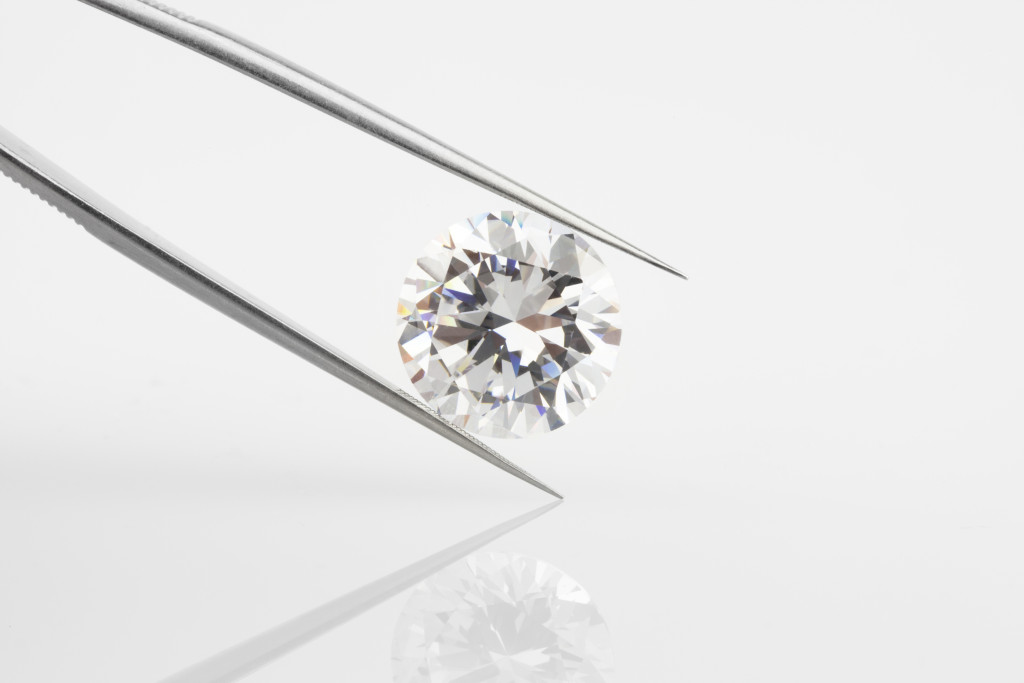It’s engagement season, in if your social networking feeds haven’t already informed you of this fact. Most often, it seems like everyone (and perhaps you as well, in which case, congrats!) has a fresh new ring on their index finger at the moment. More than likely, the ring adheres to specific pretty conventional aesthetic criteria as well as other factors. If you’re getting ready to pop the question, you might be interested in looking for excellent wedding bands for her. Let’s have a look.
First and foremost, is it a diamond ring? Is it a solitaire, or does it have a single primary diamond quite big? It seems to be a diamond placed above the finger with a series of prongs, allowing the sides to be seen. Are the diamonds sparkling and twinkling? If you shut your eyes and imagined a traditional “engagement” ring, would it look anything like that?
I’m going to go out on a tangent here and presume that the response to the most, if not all, of these points, is affirmative in the majority of cases. Have you ever wondered why this is the case? You may credit Charles Lewis Tiffany for inventing the contemporary engagement ring, which is now widely recognized as such. But it wasn’t always like this.
The Rough Timeline
When his marriage proposal is accepted, a man gives his potential wife an engagement ring. Anthropologists think this habit evolved from a Roman custom in which women wore rings connected to tiny keys, signifying their husbands owned them.
Archduke Maximillian of Austria procured the first engagement ring with a diamond for his fiancée, Mary of Burgundy, in 1477. This created a diamond ring craze throughout European aristocracy and nobles.
The emotional Victorians favored ornate engagement ring styles that included diamonds with other jewels, rare metals, and enamels. These rings were often fashioned in the form of flowers and were called “posey rings.” Diamond rings made during the Edwardian period maintained combining diamonds with other gems, which were often placed in filigree settings.

A Diamond is Forever
De Beers introduced their now-iconic tagline, “A Diamond is Forever,” in 1947. In the American mind, the permanence of a diamond communicated the idea that marriage is eternal. The purity and radiance of a diamond have now become emblems of the sincerity of two people’s devotion to each other in almost every part of the globe. The establishment of the DeBeers mines in Africa increased the availability of diamonds.
In the 1930s, when the consumption of diamond rings fell in the United States due to the Great Depression, the De Beers Company launched a promotional campaign using images of beautiful movie actresses encrusted in diamonds.
In 1947, copywriter Frances Gerety of Philadelphia firm NW Ayer created the famous slogan. At the time, De Beers was searching for a campaign to help increase diamond sales, which had dropped during the Great Depression. De Beers and its agency generated and controlled the demand for diamonds from the beginning by monopolizing the market, altering Americans’ social views, and persuading them that a marriage isn’t genuine without such a diamond ring. So, are diamonds the most excellent con in existence, or is this a brilliant example of advertising?
De Beers was well aware that their commodity was not inherently valuable (like gold and silver is). Instead of selling their product, they perfected marketing to values – in this instance, the values and ethics associated with love, passion, and marriage. When they initially performed detailed market research, nobody was keen to buy diamonds, so they had to generate that value themselves. After three years, diamond sales had risen by 50 percent.
Diamonds continue to represent the celebration of a union and a treasured memory, but additional cuts offer more designs a simple choice for diamond enthusiasts. You can also argue that diamonds have been linked with eternity because of their lasting character and power, and there is also a connection between diamonds and love. As a result, they are the ideal stone to represent a married couple’s love.
Regardless of your stance, De Beers is a fascinating case study to study. It’s interesting to see how De Beers and N.W. Ayer generated demand from nothing by developing a narrative and value proposition for their product – and how it’s still working now. Nowadays, it would not be easy to find someone whose engagement ring did not include some diamond, demonstrating that advertising can have a significant effect on society – and may alter the way whole generations of men and women perceive the institution of marriage.

